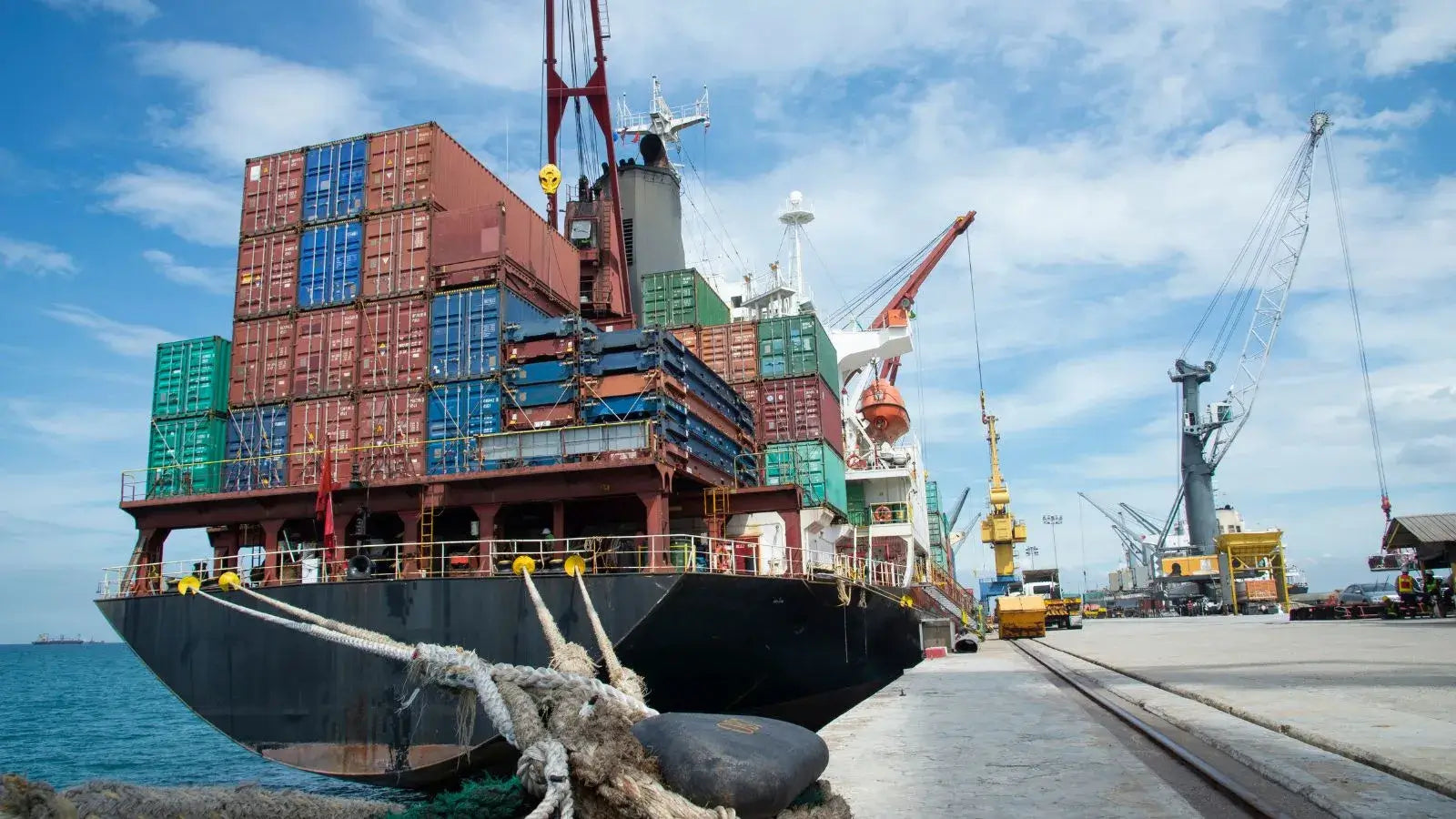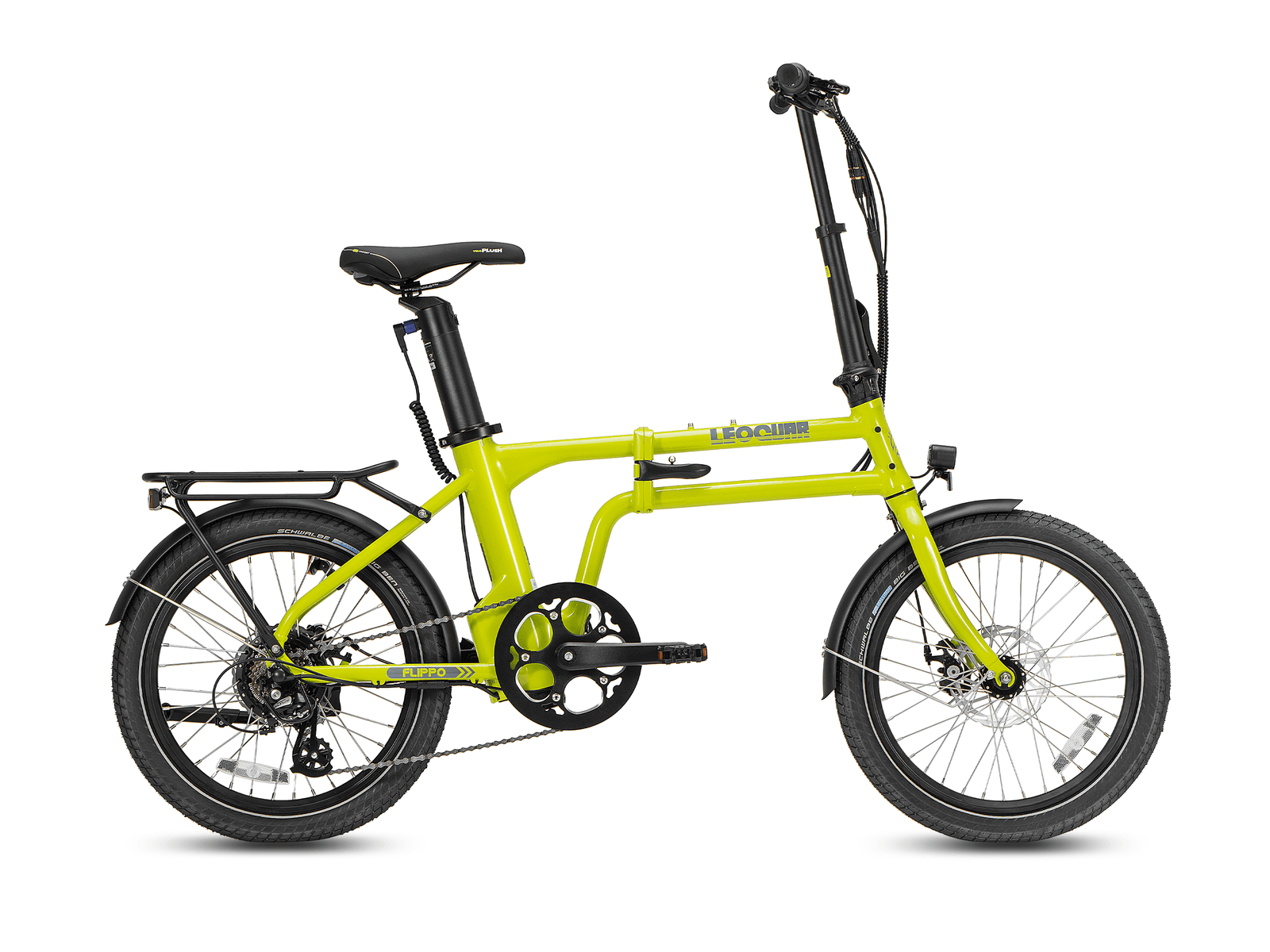
Trump's Massive Tariffs and Electric Bikes: What U.S. Consumers Need to Know About Rising Costs
Electric bikes are getting more popular across the U.S. They’re fun, fast, and eco-friendly. But lately, a big issue has been pushing prices up: tariffs—extra taxes on goods from other countries. These tariffs were introduced during the Trump administration and are still affecting electric bike prices today. Here's what everyday shoppers need to know.
What Are Tariffs, and Why Do They Matter?
Tariffs are like a tax the government adds to goods imported from other countries. The idea is to protect U.S. businesses and encourage American-made products. But for industries like electric bikes, which rely on global parts like batteries and motors, these taxes raise costs.
During the Trump administration in 2018, tariffs of up to 25% were placed on many Chinese imports—including e-bikes and parts. Since many e-bikes are made (or use parts made) in China, the extra cost adds up fast.

How a Massive Tariff Impacts Electric Bike Prices
In 2025, some U.S. tariffs on Chinese-made products have reached as high as 245%. Suppose tariffs on Chinese electric bikes reached 245%. That would add $2.45 in tax for every $1 spent—pushing up consumer prices dramatically. This pushes prices up sharply for consumers.
Let’s look at what that really means:
| Item | Base Price | Tariff (245%) | Final Cost (with Tariff) |
| Battery (Lithium-ion) | $300 | $735 | $1,035 |
| Complete E-Bike | $1,500 | $3,675 | $5,175 |
| E-Bike Accessories | $200 | $490 | $690 |
What These Numbers Mean:
-
A battery that used to cost $300 now costs over $1,000.
-
A complete electric bike that sold for $1,500 could now cost more than $5,000.
- Even small accessories like chargers, displays, or controllers can cost triple what they did before.
What This Means for E-Bike Buyers
For consumers considering purchasing an electric bike, the current tariff situation presents both challenges and opportunities. Understanding the market dynamics can help buyers make informed decisions. By being aware of the factors influencing e-bike pricing, consumers can navigate the complexities of the market to find the best value for their needs.
Uncertain About Future Pricing
The future of electric bike pricing remains uncertain. While some manufacturers have relocated production to mitigate tariff impacts, others continue to navigate the complexities of the current trade environment. As trade policies evolve, e-bike prices may fluctuate, making it essential for consumers to stay informed about market trends. Monitoring changes in trade agreements and tariff policies will be crucial for predicting price trends in the e-bike market.
Moving to Other Asian Countries with Lower US Tariff Rates
Some companies have proactively shifted production to countries with more favorable tariff rates. By manufacturing in regions like Vietnam, manufacturers can reduce costs and offer more competitive pricing. This strategy not only benefits consumers but also supports the growth of the e-bike industry in these regions. It also underscores the interconnected nature of global supply chains and the complex decision-making processes companies undertake to remain competitive.

US Imposes Zero Tariffs on Leoguar Bike
Leoguar Bike benefits from a Vietnamese certificate of origin, which allows it to avoid tariffs imposed on their imports. As a result, Leoguar Bike can offer competitive pricing in the U.S. market, providing consumers with an alternative to higher-priced options. This highlights the importance of exploring different brands and understanding their sourcing strategies to find more affordable options.
Navigating the E-Bike Market in a Tariff-Laden Environment
For consumers looking to purchase an electric bike, understanding the current market conditions is crucial. Here are some key considerations:
Research Manufacturers and Models
Before making a purchase, research different manufacturers and models to understand how tariffs may have affected their pricing. Look for companies that have relocated production to countries with lower tariff rates, as they may offer more competitive prices. Additionally, consider the reputation and reliability of brands, as well as the availability of customer support and service networks.
Consider Long-Term Savings
While the initial cost of an electric bike may be higher due to tariffs, consider the long-term savings on fuel and maintenance compared to traditional vehicles. The motorized bicycle can still be a cost-effective and environmentally friendly transportation option. Evaluate the total cost of ownership over several years, factoring in potential savings on commuting costs and reduced environmental impact.
Stay Informed
Keep an eye on news and updates related to trade policies and tariffs. Changes in trade agreements or government policies can impact electric bike pricing, so staying informed will help you make timely purchasing decisions. Subscribing to industry newsletters and following relevant news outlets can provide valuable insights into market trends and policy changes.
Explore Financing Options
If the upfront cost of an electric bike is a concern, explore financing options that allow you to spread the cost over time. Many retailers offer financing plans that can make electric bikes more accessible to consumers. Additionally, check for any government incentives or subsidies that may be available for purchasing eco-friendly transportation options.
Conclusion









































Leave a comment